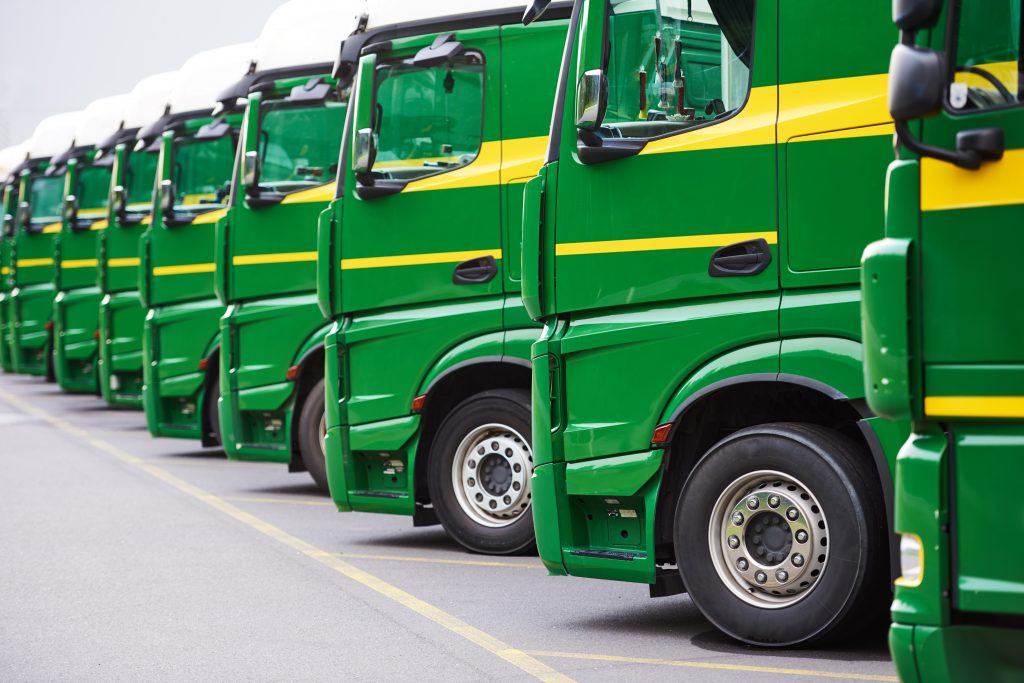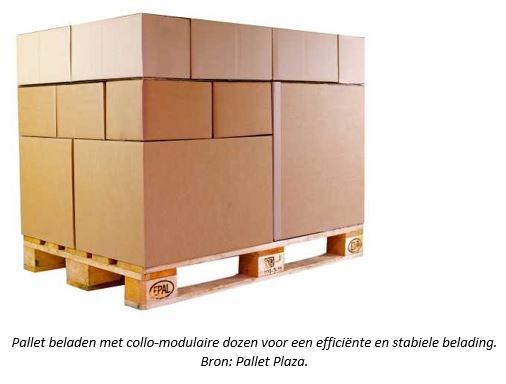Incoming logistics
The efficiency of the incoming materials depends largely on the type of packaging. The delivery of empty bottles is less efficient than that of flexible packaging materials on a roll. In the latter example, a lot more units of packaging can be transported per truckload. In most cases, it is possible to affect the efficiency with your packaging design, for example by:
- Using packaging materials that are transported in flat form and given their 3D shape during the packaging process. Examples include boxes, flexible packaging materials on a roll, and thermoformed trays that are made from a flat sheet of material and then sealed right away.
- Applying standardisation and the reduction of the number of variants that go with it. This can have a positive impact on the efficiency of the supply and it may reduce stock volumes. Ordering larger quantities often has a positive effect on the costs and efficiency of transport and storage. It is often possible to further personalise packaging materials at a later stage using labels or inkjet printing.
- Using preforms, for example PET bottles, which can be inflated during the production process.
- Making packaging components nestable, so they take up less space during transport and storage. For nestable packaging materials, you can also consider lowering the pitch, so a stack of material takes up even less space.
- Limiting transport distances.
- Using reusable packaging components, for example pool pallets and crates, for the supply of material.
- Combining the supply and return of crates by using returnable foldable crates.
Outgoing logistics
By safeguarding the right storage conditions for – and efficient dimensioning of – the product-packaging combination, you can reduce energy consumption and limit the damage that occurs during transport. It is important to transport as little empty air as possible, to ensure you can carry as much product as possible per truckload for example. Collo-modular dimensions are an important tool with which to realise this. These are standard dimensions that facilitate an optimal fit in common packaging systems and on pallets.
Note that it is not always beneficial to make the packaging as small as possible. The important thing is that the packaging system fits onto the pallet as well as possible. Too much empty space on the pallet results in movement during transport, which significantly increases the risk of transport damage.








